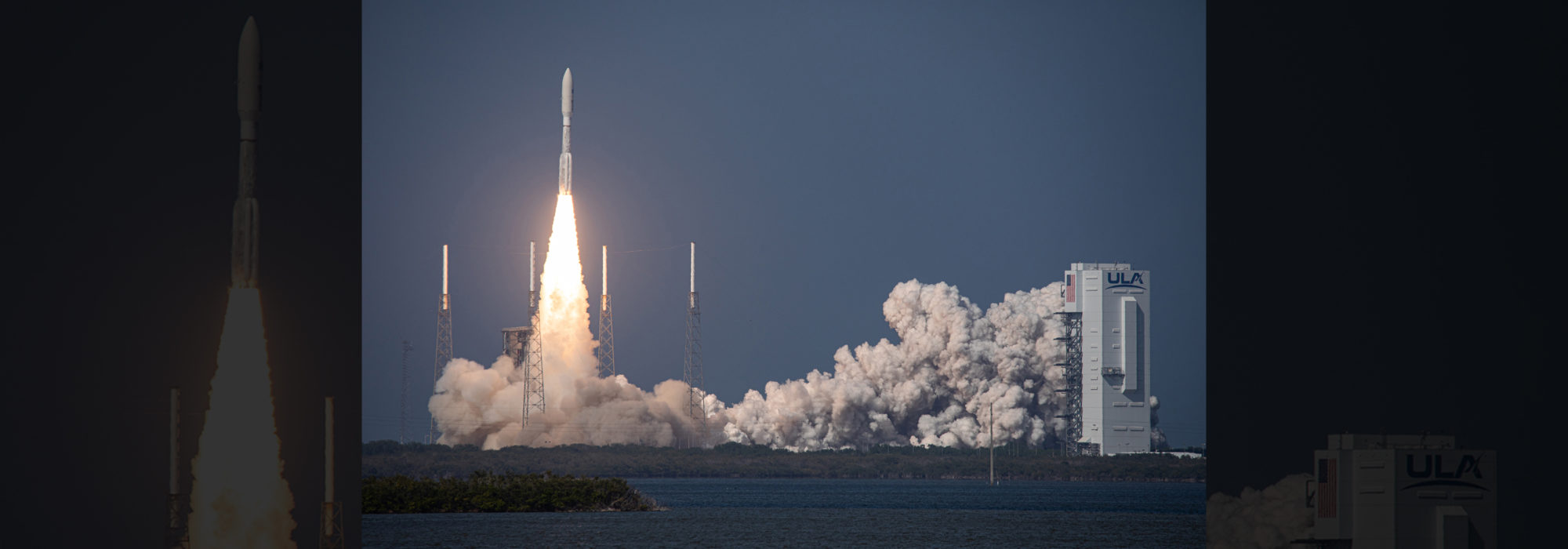Late Bloomer
For 32 years, Mason Mathews Patrick (West Point, 1886) was a brilliant though somewhat obscure member of the Army Corps of Engineers.
Then came June 1918. That month launched him into what may be the most astonishing second act in modern U.S. military history.
The next nine years saw Patrick running a wartime air force, battling Brig. Gen. Billy Mitchell, lobbying Congress, opposing the General Staff, and acquiring military pilot wings.
Major General Patrick—namesake of Patrick Space Force Base, Fla.—is little celebrated or even known today, which is a shame.
He graduated second in his West Point class, 28 spots ahead of his friend, John J. Pershing. Patrick went to the engineer corps, “Black Jack” Pershing to the cavalry.
Thirty-two years later, Pershing was running the American Expeditionary Force in France, and Patrick—though he as yet had no clue—was about to become an Airman.
Pershing wanted him to “whip the Air Service into shape.” Colonel Patrick knew nothing about aviation but he was a top-flight organizer. He reluctantly accepted, advancing to major general.
Patrick was a calm, disciplined leader. In a major coup, he succeeded in damping a bitter feud between Mitchell and Brig. Gen. Benjamin D. Foulois, whose mutual hatred had stymied war preparation.
Patrick imposed firm management. The Air Force, which had only four active squadrons when Patrick took over, had 45 by war’s end.
Postwar, Patrick returned to his routine, but in 1921 he abandoned all hope of finishing his career as an engineer. The Air Service was in turmoil again, and Pershing, recently elevated to Army Chief of Staff, called once more on the sober engineer.
In October 1921, Patrick, at age 57, became Chief of the Air Service. His second in command: the fiery and ambitious Mitchell.
Mitchell immediately attempted to usurp Patrick’s authority, but Patrick slapped him down and called his bluff on resigning.
Patrick, a consummate insider, was convinced that persuasion, not confrontation, would save the Air Service. Many agreed.
He took pilot training, passing all exams in June 1922 (at age 58) and winning newfound respect of skeptical Airmen.
Patrick won additional funding for the Air Service, promoted the 1924 around-the-world flight by Army pilots, and initiated an experimental flying organization at Wright Field, Ohio.
The engineer played a key role in creation of the Army Air Corps, a major step toward an independent service. In this he faced opposition in the General Staff and on Capitol Hill, but skillful maneuvering in the background produced results.
In 1926, Congress passed the Air Corps Act. It was, in a sense, a tribute to the methodical engineer who had stabilized the Air Service in the 1920s. He retired the next year.
The installation known for 70 years as Patrick Air Force Base was in 2020 renamed Patrick Space Force Base and handed over to the U.S. Space Force. Its main element, Space Launch Delta 45, controls launches from Cape Canaveral Space Force Station, a few miles north.
Mason Mathews Patrick
Born: Dec. 13, 1863 Lewisburg, W.Va.
Died: Jan. 29, 1942, Washington, D.C.
College: U.S. Military Academy, West Point, N.Y.
Occupation: U.S. military officer
Service: US Army—Corps of Engineers (1886-1918 / 1920-21), Air Service/Air Corps (1918-19/ 1921-27).
Main Eras: World War I and Interwar Period
Years of Service: 1886-1927
Combat Zone: Western Front 1918
Final Grade: Major general
Awards/Honors: Distinguished Service Medal, Legion of Honor (France), Order of St. Maurice and St. Lazarus (Italy), Order of Leopold (Belgium), Order of the British Empire (UK)
Interred: Arlington National Cemetery
Patrick Space Force Base
Service: United States Space Force
State: Florida
Nearest City: Cocoa Beach
Area: Approx. 3.6 sq mi / 2,300 acres
Status: Open, operational
Opened as NAS Banana River: Oct. 1, 1940
Conveyed to USAF: Sept. 1, 1948
Opened as Joint Long Range Proving Ground: June 1, 1949
Renamed Patrick Air Force Base: Aug. 1, 1950
Renamed Patrick Space Force Base: Dec. 9, 2020
Current owner: Space Operations Command (USSF)
Former owners: (USN) Naval Air Operational Training Command, (USAF) Air Proving Ground, Air Research and Development Command, Air Force Systems Command, Air Force Space Command.
Home of: Space Launch Delta 45



